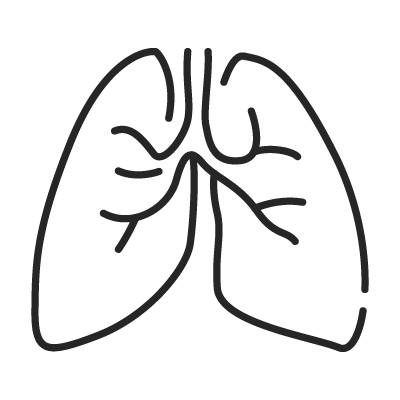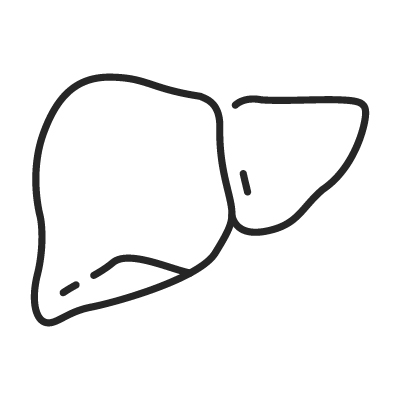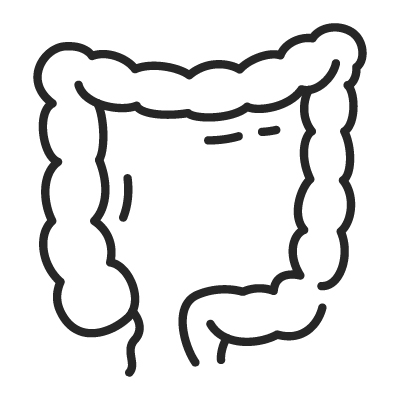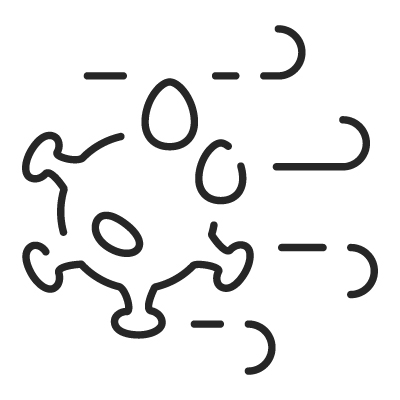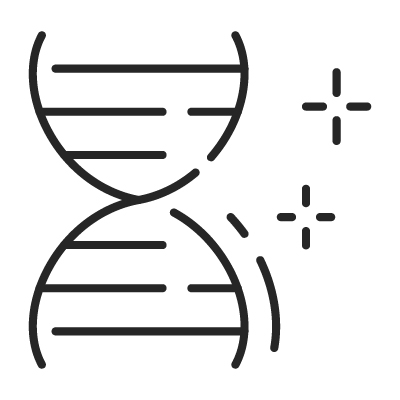Canine Pregnancy Relaxin (RLN)
| Catalog No. | SCRLNS |
|---|---|
| Specimen | Serum/Plasma |
| Dimensions | Height: 60mm, Length: 300mm, Height: 84mm, Length: 300mm |
Product Description
INTENDED USE
Relaxin is the only known pregnancy-specifi c hormone of the carnivores (dog and cat) that informs about the presence of relaxin producing placenta tissue. Therefore, it is perfectly suitable for an indirect proof of pregnancy in the female dog and cat.
SUMMARY
In all carnivores, relaxin production is performed mainly by the placenta (syncytiotrophoblast). In pregnant bitches, re-laxin production starts with the nidation of the fertilized egg in the uterus wall (15 days after ovulation). In the female dog, relaxin can be detected in the serum for the fi rst time in the 4th week of pregnancy (soonest from day 22–28 post ovula-tion), in the cat for the fi rst time from day 15 of pregnancy on, then increases very fast and remains on a high level during the pregnancy. The relaxin concentration can remain demonstrably in-creased up to 14 days after beginning of foetus resorption (up to day 28–30 post ovulation, without clinical symptoms) or abort (from day 28–30 post ovulation on, with clinical symp-toms) due to active trophoblast leftovers, then it still leads to positive test results. Therefore, the test cannot make a state-ment about the number of puppies, their vitality or about be-ginning resorption of one or more puppies. Due to the exclusive incidence of measurable relaxin amounts in plasma or serum of gravid dogs and cats, Canine Pregnancy Relaxin (RLN) can be applied as indicator both for an exist-ing pregnancy and for monitoring of the pregnancy during suspicion of spontaneous abort as well as for ruling out a pseudogravidity. Despite all that, pregnant bitches should be under the super-vision of a veterinarian, meaning regular control supported by ultrasound and / or X-rays in order to monitor the pregnan-cy or to determine the number of foetuses that are present.
PRINCIPLE
The Canine Pregnancy Relaxin (RLN) test is based on an immunochromato-graphic “sandwich principle”. The Relaxin molecules of the sample will bind to monoclo-nal mobile antibodies, which are bound to gold particles. Migrating (“lateral fl ow”, LF) along the nitrocellulose mem-brane, these antigen-antibody complexes are bound by im-mobilised highly specifi c monoclonal anti-Relaxin antibod-ies, producing a pink-purple coloured TEST line (B). A correct test procedure will be indicated by a second, pink-purple CONTROL line (C).



